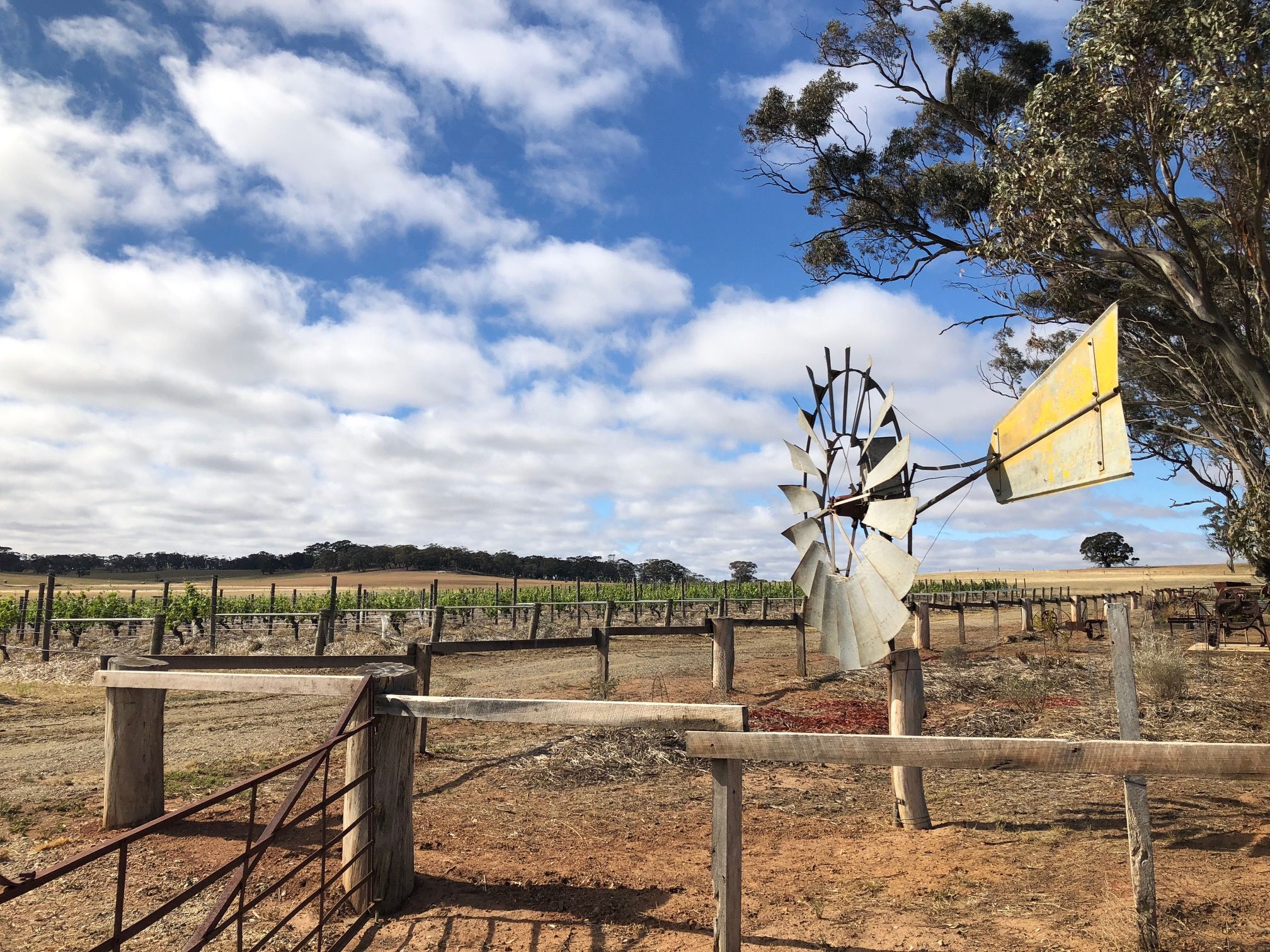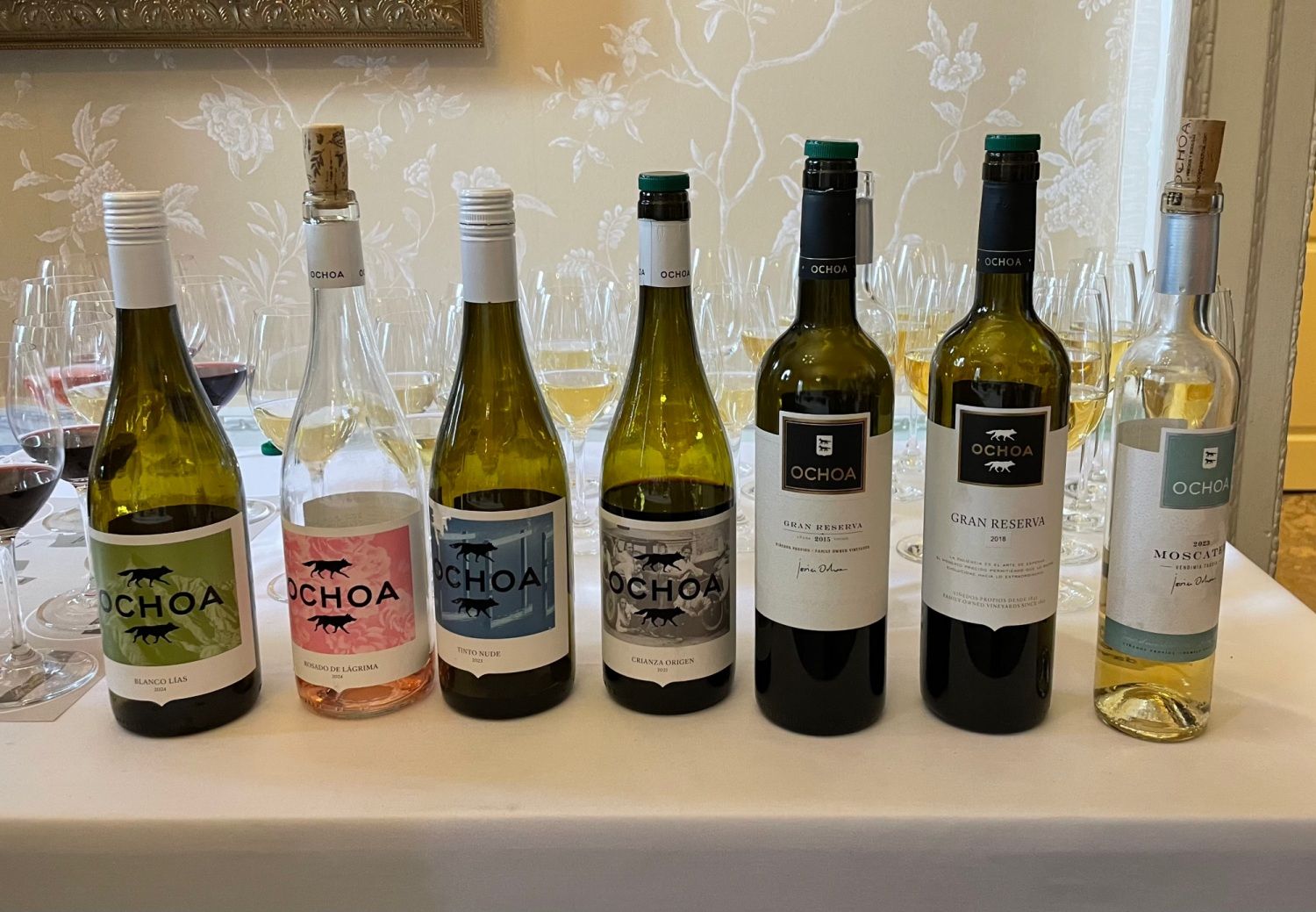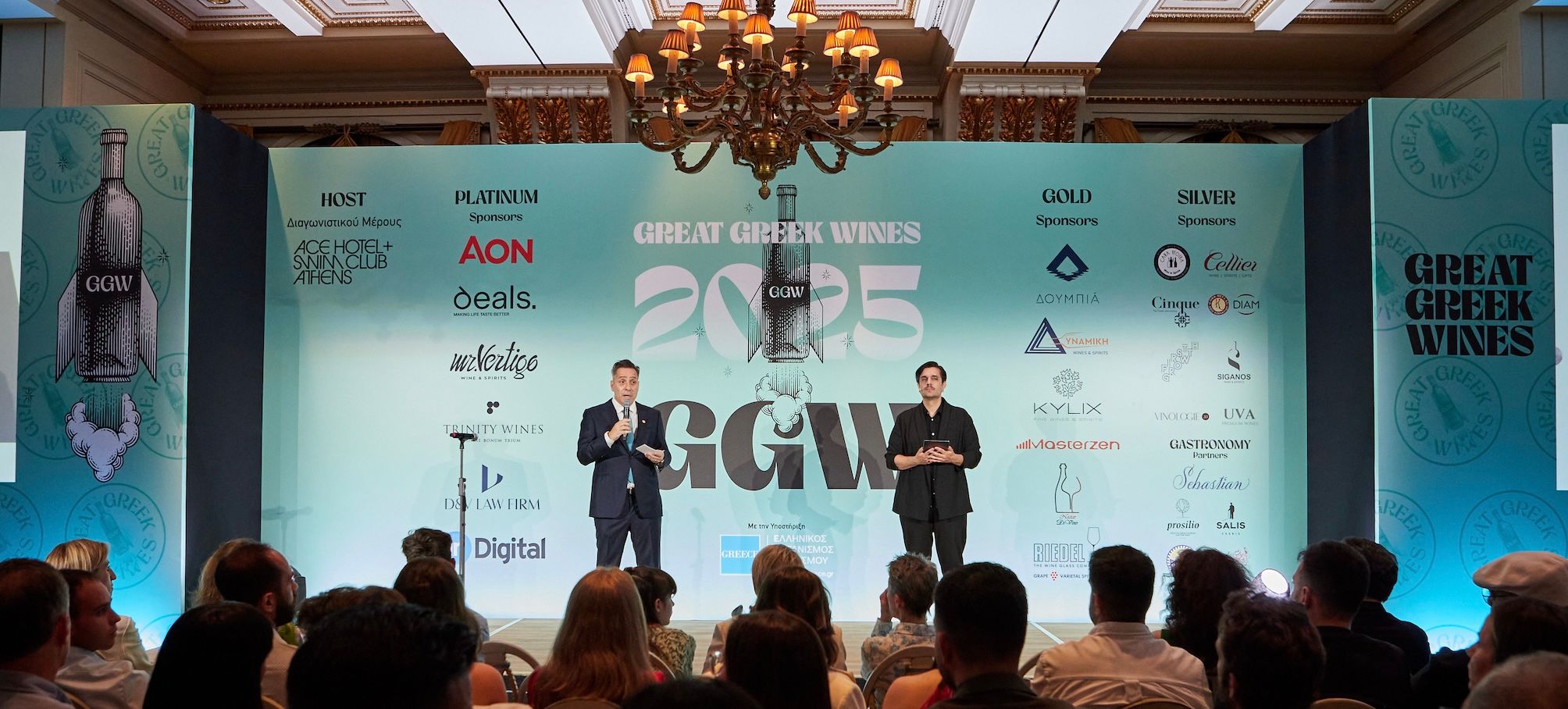The Barossa Valley has got many calling cards. So much so it’s hard to do it justice in just piece…so we won’t. Here’s part one of what Richard Siddle discovered during his tour of Australia at the end of last year.

With multiple soil types and vines at different altitudes the Barossa Valley gives winemakers a huge canvas to work with
If you still want proof that Australia is no longer mostly making the big wood laden, fruit bombs that would sit nicely in Robert Parker’s cellar, then a short trip to the Barossa Valley should provide all the evidence you need.
Particularly as it was the Barossa Valley, where so many of the big, bold and powerful Shirazes that gave Australia that reputation were made in the first place.
The Barossa Valley is also the ideal wine region to visit as it encompasses so much of what Australian wine is famous for. It has the landscape of rolling sun parched hills, covered in gum trees and its iconic red soils. It is also home for so many of the country’s world famous brands, such as Jacob’s Creek, Wolf Blass and Penfolds.
But our visit was not a real life trip down the branded section of the supermarket wine aisle. Instead it took us on an inspiring trip around many of the region’s more premium and iconic producers – including Torbreck and Henschke – to hear how a wide range of winemakers are helping to create a new generation of relaxed, elegant, textured, and stylistic, site specific wines that are all helping to develop a very different reputation for the Barossa Valley.
Local knowledge
Much of which, like so many other parts of Australia and the world, comes down to better understanding of the soils, topography, and the climate around you. Which for Barossa has meant implementing the results of a 10 year study by the Barossa Grape & Wine Association which is now having a major influence on the region’s winemakers and thekinds of wines they are making.
What is also very apparent after meeting so many of Barossa’s premium producers is that they may not have the pigtails, beards and “tatts” of some of the acclaimed, cool cat Australian natural winemakers, but they know their way around a basket press or open fermenter as much as they do.
Winemaking techniques that are combining to create stylistic, balanced, nuanced fruit and textured driven wines which are more about structure and elegance than they are the “wham, bang, thank you mam” style of before.
This is also the way some producers have been making wine for decades, they are just a bit more nuanced and skilled in what they can do and using better equipment to help them.
It also means managing vines better, working on canopies to limit exposure to the sun more, using organic and biodynamic practices, picking grapes earlier – either by choice or because of climate change – holding on to natural acidity better, working with whole bunch, stems and punch downs rather than punch overs during fermentation and other minimum intervention processes in the winery.
“It’s all about trying to make more flavoursome wines,” says Phil Lehmann, son of Peter, who is making his own wines under his Max & Me label, named after his dog (wasn’t there a film about that), in Barossa’s highest growing and coolest area in the Eden Valley.
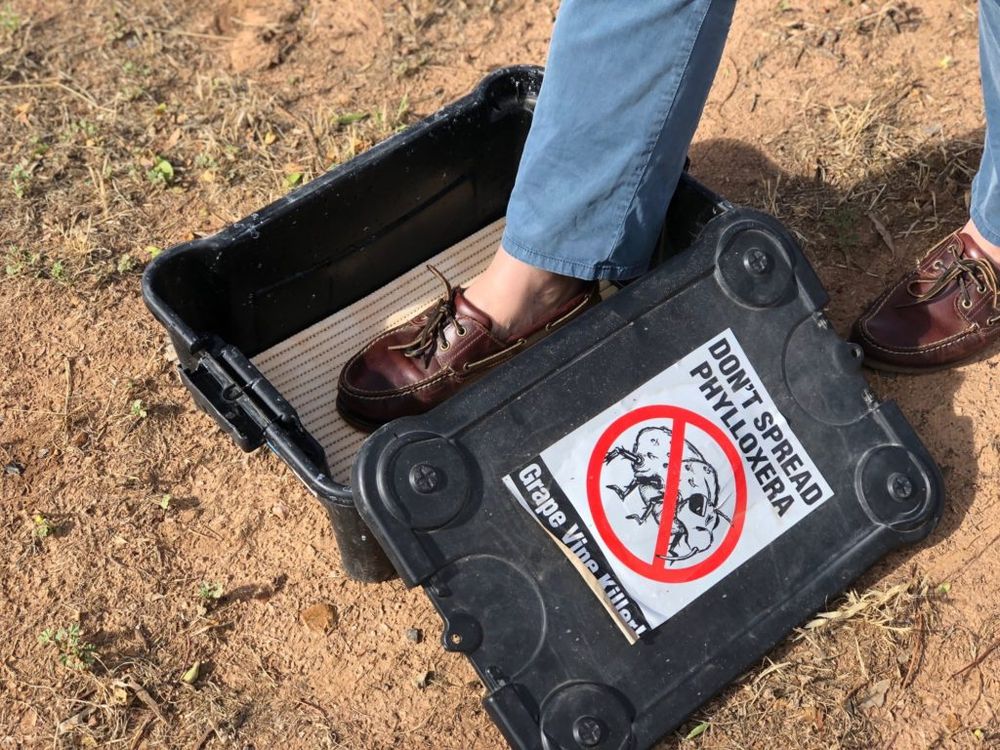
Every effort is make to keep the region phylloxera free which has allowed it to still work with some of the oldest vines in the world
World’s oldest vines
They also have the enormous advantage of working with what local producers claim is the double whammy of having the oldest, phylloxera free vines in the world – with the first vines dating back to 1853 when a Friedrich Koch first planted mouvedre in the region, and is said to be the oldest surviving version of the variety in the world. The ages bandied abut by producers in Barossa have to be heard to be believed.
Dean Hewitson of Hewitson Wines, for example, claims to make wine from the oldest vines in the world at 165 years. Vines that know their way around every kind of possible vintage and growing period you can throw at them. It makes for wonderful variation in the wines from harvest to harvest, he says.
“That is what great wine is about. Being able to express the season and the specific soils,” he adds. “Our job as winemakers is to capture that season so that 20 years later you can look back and remember exactly what you did that year.”
But old vines are not that easy to find anymore. So many were ripped up when demand for fortified wines fell through the proverbial roof. It is why the Barossa Grape & Wine Association is working hard to track and register and record where old vines and which growers are still working with them under its Old Vine Charter programme, started back in 2009.
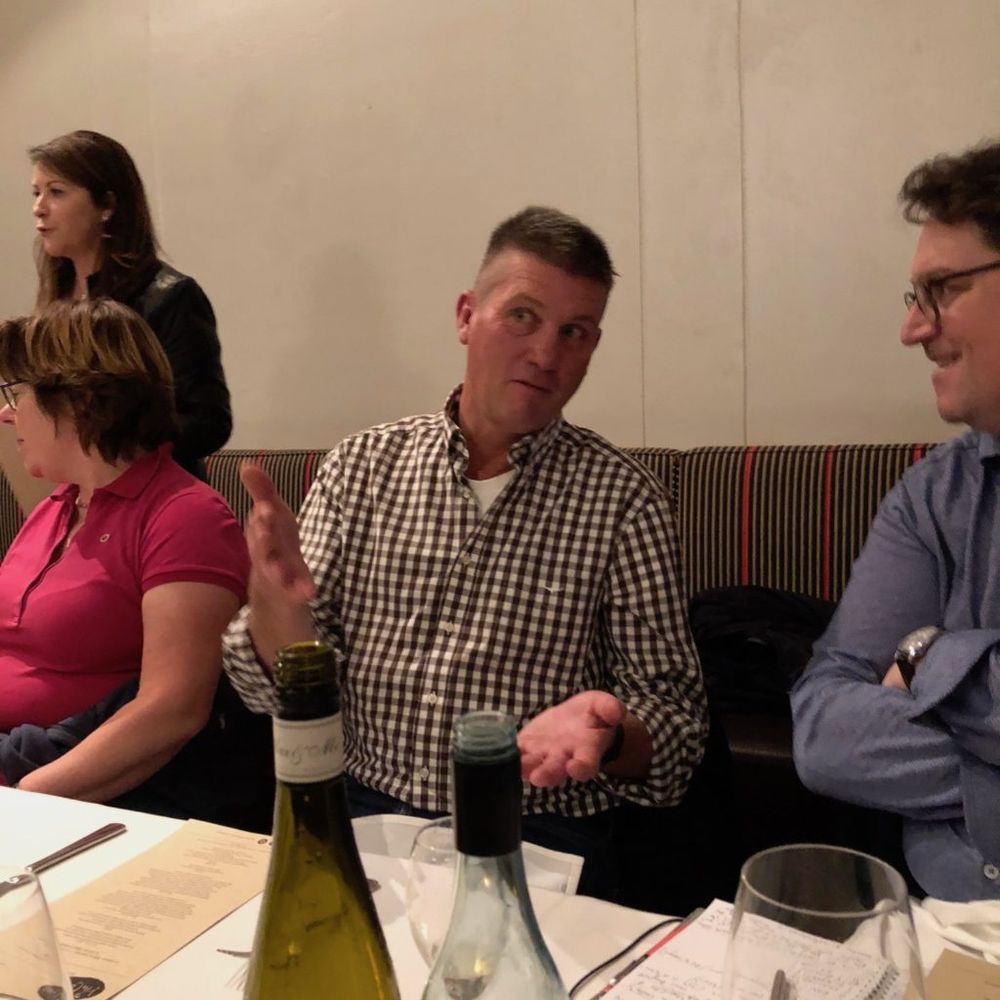
David Hewitson has vines dating back to the 1850s
It has come up with four classifications for vines: an old vine which is 35 years or older; a survivor vine if its 70 years plus; a centenarian vine for hitting 100 years old; and an ancestor vine for those that are 125 years and older.
In turn there is a growing number of more artisan, smaller winemakers that are actively seeking out old vines and their fruit. The Association says there are around what you would define as 40 artisan producers in the region now compared to only a handful a few years ago.
Iconic wines
It’s also home to some of Australia’s most famous and sought after wines, like Penfolds Grange, Henschke’s Hill of Grace and Torbreck’s The Laird and The RunRig.
The Hill of Grace is a historical combination of family, Australian heritage, and a deep dive into how winemaking has evolved using traditional and sustainable winemaking and viticulture practices.
At face level it is a stunningly subtle, velvety supremely balanced example of what Eden Valley can do with 100% Shiraz. Delve a little further and it is a wine that was first made in 1958 by Cyril Henschke who went on to make 25 vintages, before passing on the reigns to his Stephen who has now done 25 more. But the vines the wine is made from date back 150 years.
“When my father did the first vintage he was already working with 100 year old vines,” says Henschke. “This is more than a story about old vines, it is a story of family and their relationships over these years, a story of the church in the vineyards and all the kids that have played in its grounds and people who have fallen in love, been married and all the funerals that have taken place over the last 150 years,” says Henschke.

Stephen Henschke is proud to be following his family’s prestigious footsteps
Intriguingly the grapes for that first vintage all went into open top fermenters, an approach that is still common across Barossa today.
Henschke’s Mount Edelstone claims to be the only Australian single vineyard wine that can go back 60 vintages. It is also made from vines planted in 1912 by Ronald Angas, a descendant of George Fife Angas, who founded South Australia. It’s super elegance style with lovely structure and back bone of blackberry and black fruits certainly lives up to its A$225 price mark.
Torbreck’s winemaker Ian Hogell, who left his long standing post at Peter Lehmann in 2017 to become part of this prestigious producer’s future, says it is the fact it is able to source fruit from so many different aspects and soil types, covering some 22kms, that makes his life as a winemaker so interesting and potentially exciting. “Our skills is really blending those vineyards that go back to the 1850s,” he says pointing out that 20% of the vines it works with are over 100 years old, and 35% are 85 years plus.
The growers it works with are also steeped in history, with up to half being sixth generation farmers, he adds. Hogell’s own family has been supplying Torbreck with grape since it started. “That’s crucial for us to work with these growers that still have all these old vines. It’s vital to have those connections in the Barossa. It is how we can build up a patchwork of different parcels of fruit to make our wines,” Hogell explains.
The Steading, for example, includes 50 different grape components, all of which are vinified in separate barrels.
“We spend a lot of our time out in the vineyards making sure the growers are doing what we need. It is so important to be there checking and evaluating if we are going to get the structure, profile and elegance we want in our fruit. There’s no doubt I have been attracted here by the history of what we are doing.”
Having the chance, he says, to work the single vineyard that dates back to 1958 that produces its iconic The Laird wine is arguably enough on its own. “It is such a unique site. It gets no afternoon sun so has a much later ripening window that allows us to make these special wines. We are often picking at least month later than anyone else. But it’s an honour to make wine from this fruit.”
Having access to such landmark sites means it also has to be very strict about which wines it makes from year to year. “We will make a wine when the conditions are right,” he says. “We are not making homogenised wines. They are wines that express that vintage.”

Ian Hogell revels in the opportunity to work with so many component parts when making Torbreck wines
What comes next
Although the Barossa is rightly preoccupied with what has come before it, the challenge for winemakers now is what comes next, says Jaysen Collins, winemaker at Massena Vineyards, respected for being one of the producers that have been driving alternative varieties, particularly from Spain and Italy.
It’s vital, he says, that winemakers look at ways they can work with the changes in the climate and environment around them. Be it picking earlier to control flavours or how you handle the grapes in the winery, using whole clusters, wild ferments, yeasts…and so on.
Peter Schnell at Spinifex Wines says it is not just about the climate, but also about producing the style of wine they want to make and drink. So that could be through pruning, irrigation methods or whatever.
Either way it can be hard for smaller producers to stand out in such a competitive field. Which is why the Artisans of Barossa initiative was started up in 2005 to give local producers the chance to collectively promote the wines they are making around the world. The group includes Spinifex, Massena, Hobbs of Barossa Ranges, Schwarz Wine Company, John Duval Wines, Sons of Eden and Spinifex Wines .
“There are a lot of stories going on in Barossa. We wanted a way to bring then together,” says Howard Duncan, chief operating officer of the initiative. But again this has not been an overnight decision to suddenly work with Italian and other Mediterranean varieties.“We have been doing pop up tastings with our wines in capital cities before they were called pop ups,” says Duncan. The key, he adds, is to work with fellow winemakers and producers who are willing to share experiences and resources and work together for common goals.
The key criteria for membership is not actually about the vines they work with, but the fact they are all independent producers who are “all hands on winemakers passionate about selling their wines”.
That said they are also looking to experiment and see which different types of grape variety can work best in different areas of the Barossa. Spinifex, for example, is one of a number of producers working with late ripening, mainly Italian grape varieties, like Vermentino and Alianca . “They are heat resistant and keep hold of their acidity and freshness very well. Vermintino is also a very sustainable grape to grow here,” says Peter Schnell, who has also been working with different varieties for over 20 years. “But then it takes about 20 years to work out how to get the best out of them.”
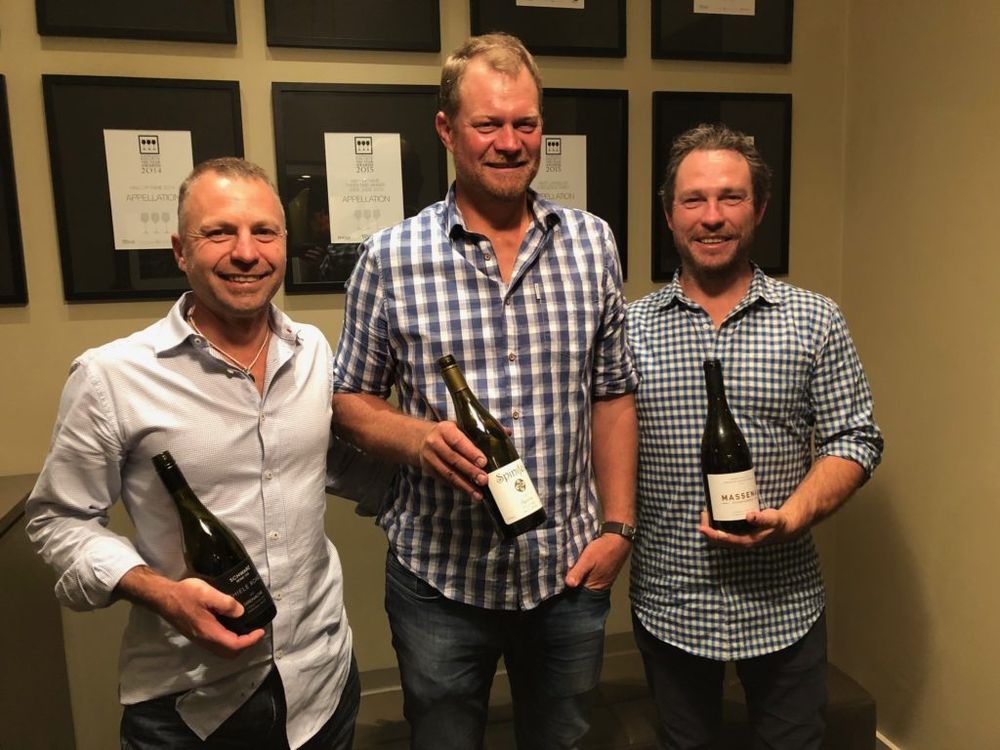
Artisan winemakers: Jason Schwartz of Schwartz Wines, Peter Schnell, Spinifex, and Jaysen Collins at Massena Wines
That experimental attitude is also illustrated by Shawn Kalleske of Laughing Jack in Barossa Valley who says he is working with Tempranillo, but admits he is 50/50 about its long term success. “It’s still early days. It certainly likes the heat and has the chance to develop here. The challenge is getting the right level of ripeness and keeping its acidity, but it has great potential,” he says.
Tim Smith, who is with Lea & Sandeman in the UK, is putting his hopes on Mataro, the local expression of Mouvedre, but then he does have access to 140 year old vines. The key, he says, is to pick earlier “so you don’t lose those varietal characteristics.”
It’s not all about alternative varieties, stresses Schnell at Spiniflex, who works with Bibendum in the UK. “We want to work with the varieties that are true to the area.” He has, for example, had good success with well established varieties like Grenache, which he is using to make a dry style of rosé that goes from vine to glass within five months. “We are looking at varieties that are already here and then how we handle and work with them. Are we getting the most out of them? It’s why we are all trying to work with varieties that are really true to our area.”
Jason Schwarz of Schwarz Wines is making his own style of Chenin Blanc having been inspired to give it a go in the Barossa after a trip to the Swartland in South Africa. He admits it has a reputation as being one of the “cool kid varieties” in the area, but he believes it has real potential for the Barossa.
“We also want to keep pushing Grenache,” he adds. “It was the mainstay of fortified wines and people did not know what to do with it.”
To help get a better understanding of how Grenache can perform in the Barossa the Artisans group carried out a project whereby each member picked their fruit at the same time and bottled at the same time, but each had a different way of making it. Be it using pump overs, basket presses, and different fermentation methods. “We all worked with it differently in the winery,” says Schwarz, “and ended up with six different styles of Grenache.”
It’s still very much a learning curve for all the winemakers, he adds. “I used to punch overs twice a day, 20 minutes at a time. Now I only do it for five minutes. It’s really understanding what difference that can make and then taking it back to the vineyard, and the soil types we are working with,” he explains.
So what we see in the Barossa Valley today, certainly won’t be the same this time next year, or the year after, which is what makes it such a fascinating place to visit.
- Richard’s future reports from Australia will take us further into the Barossa Valley, the Adelaide Hills and Margaret River.
